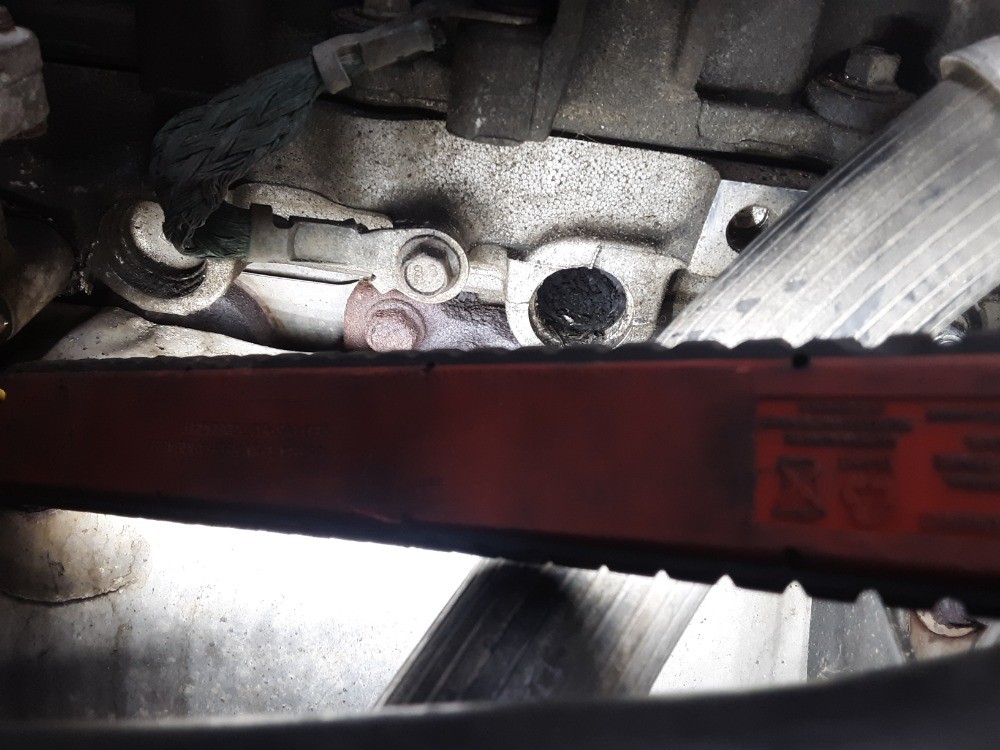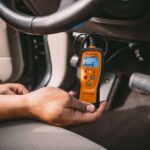The OBD2 code P0411 on a 2008 Chevy Trailblazer indicates an issue with the secondary air injection system, specifically “incorrect secondary air flow.” This system introduces fresh air into the exhaust during cold starts to reduce emissions. This article details a comprehensive diagnostic process for a P0411 code on a 4.2L 6-cylinder Trailblazer with 235,000 miles, focusing on unusually high air pressure.
Understanding the Secondary Air Injection System
The secondary air injection system comprises an air pump, connecting plumbing, and a diverter valve with an integrated pressure sensor. Located on the cylinder head above the exhaust manifold, this 5-wire solenoid valve controls airflow. On a cold start, the PCM activates the pump and valve, allowing air into the exhaust manifold. The PCM monitors pressure, expecting an increase of 8-10 kPa above barometric pressure. Failure to achieve this pressure rise triggers the P0411 code. The system then closes the valve, effectively dead-heading the pump, leading to a further pressure increase that the PCM also monitors. In this specific case, the Trailblazer consistently registered 13-16 kPa above barometric pressure, exceeding the expected range and setting the code.
Diagnostic Process
Initial testing with a scan tool confirmed proper pump and valve operation. Bidirectional control tests showed exhaust flow with the valve open and no flow when closed. A dead-head test with the plumbing disconnected matched service specifications. With the valve removed, pressure rose 7 kPa, as per service information. The resting pressure was 100 kPa, correlating with the barometric pressure reading of 101 kPa. These findings pointed towards accurate sensor readings and implicated excessively high pressure as the root cause of the P0411 code.
A suspected clogged catalytic converter was ruled out due to a 0 psi exhaust back pressure reading and the absence of drivability issues. Attention then turned to potential carbon buildup in the cylinder head air passages.
Six casting plugs on the cylinder head provide access to the air ports. Removing one revealed significant carbon accumulation.
Cleaning the Air Passages
A thorough cleaning of the air passages was undertaken using a drill with a park brake cable, brake cleaner, and a propane torch.
Post-Cleaning Results and Conclusion
After cleaning, the system passed the immediate monitor (IM) test. However, the pressure remained high at 13-14 kPa. While the vehicle passed subsequent IM tests, the lack of significant pressure reduction suggests the cleaning may not have fully resolved the underlying issue. Although a Technical Service Bulletin (TSB) exists for intermittent P0411 codes, this case presented as a hard failure. The persistent high pressure, despite cleaning, warrants further investigation. Possible remaining causes could include restrictions within the air pump itself or other less common issues within the system.


